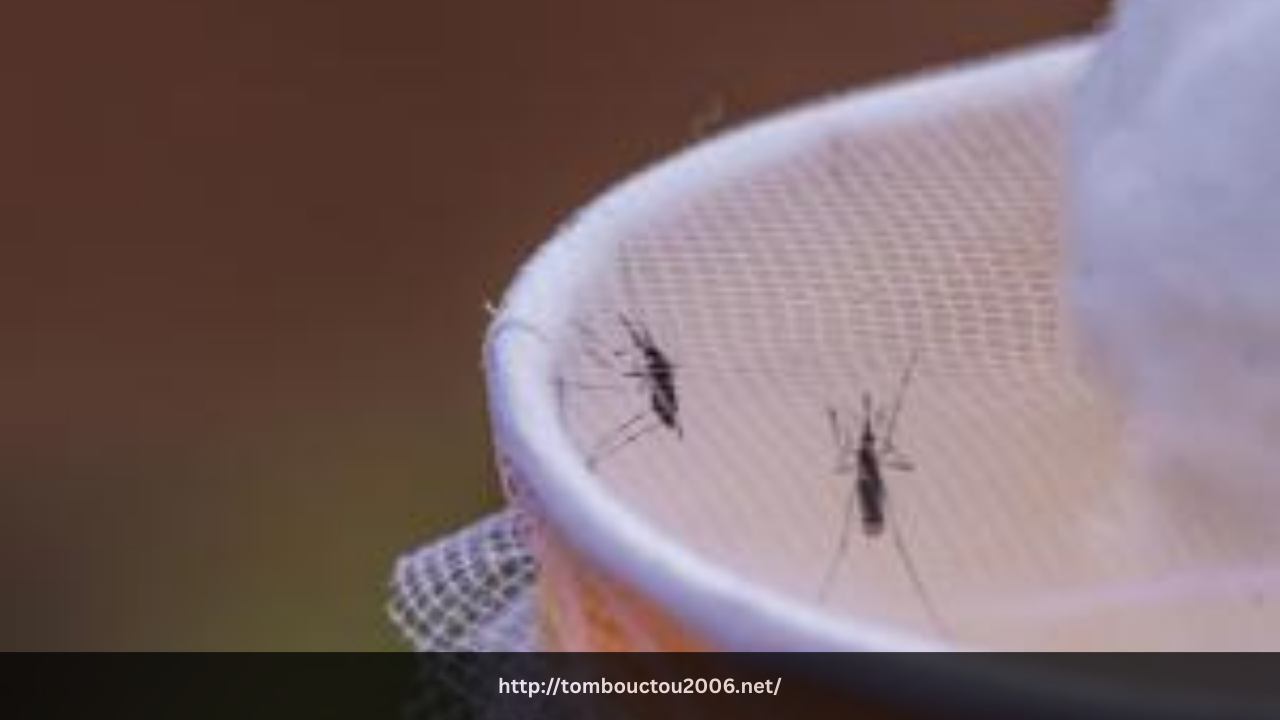Malaria remains one of the most pressing public health challenges in Mali, particularly affecting children under five and pregnant women. The disease, transmitted by the female Anopheles mosquito, is both preventable and treatable, yet it continues to be a leading cause of illness and death in the country. Despite these difficulties, Mali has made notable progress in the fight against malaria through targeted strategies, successful interventions, and continued collaboration with international partners.
Strategies to Combat Malaria
Mali’s approach to combating malaria is multifaceted, focusing on prevention, diagnosis, and treatment. One of the key strategies is the distribution of insecticide-treated bed nets (ITNs). These nets are provided free of charge to vulnerable populations, including children and pregnant women, to protect them from mosquito bites during sleeping hours. Campaigns promoting the correct use of ITNs have significantly increased their adoption across the country.
Another crucial strategy is the implementation of indoor residual spraying (IRS). This involves spraying the walls of homes with insecticides to kill mosquitoes that rest indoors. Though more costly and logistically demanding than bed nets, IRS has proven effective in high-transmission areas.
Rapid diagnostic tests (RDTs) have also been introduced at health centers and community levels to ensure timely and accurate diagnosis of malaria. Prompt treatment with artemisinin-based combination therapies (ACTs) is the standard of care, significantly reducing the severity of the disease and preventing complications.
Successes in Malaria Control
In recent years, Mali has achieved significant progress in reducing malaria-related deaths and infections. National surveys have shown increased ownership and usage of bed nets, and the availability of ACTs and RDTs has improved in both urban and rural health centers.
The Malaria Control Program, supported by international organizations such as the World Health Organization (WHO), UNICEF, and the Global Fund, has played a pivotal role in providing resources, training healthcare workers, and enhancing public awareness. Through these collaborative efforts, the number of malaria cases and deaths has steadily declined, particularly among children under five.
Community health workers (CHWs) have been instrumental in these successes. They provide essential services such as distributing bed nets, educating families on malaria prevention, and diagnosing and treating malaria at the community level. Their presence ensures that remote populations receive timely care, reducing the burden on larger healthcare facilities.
Future Goals and Challenges
Despite the progress, challenges remain in the fight against malaria. Insecticide resistance among mosquito populations threatens the effectiveness of ITNs and IRS. Additionally, logistical issues and funding gaps can hinder the continuous supply of diagnostic tools and medications.
Looking forward, Mali aims to strengthen its surveillance systems to better track malaria trends and respond to outbreaks swiftly. Continued investment in research is also needed to develop new tools, including vaccines and next-generation insecticides.
Moreover, increasing community engagement and education is crucial to maintaining the progress made. By fostering local ownership of malaria prevention initiatives and ensuring that health services are accessible to all, Mali can move closer to the long-term goal of malaria elimination.
In conclusion, while malaria remains a major health concern in Mali, the country has made substantial progress through effective strategies and global partnerships. Sustained efforts and innovation will be key to achieving a malaria-free future.
